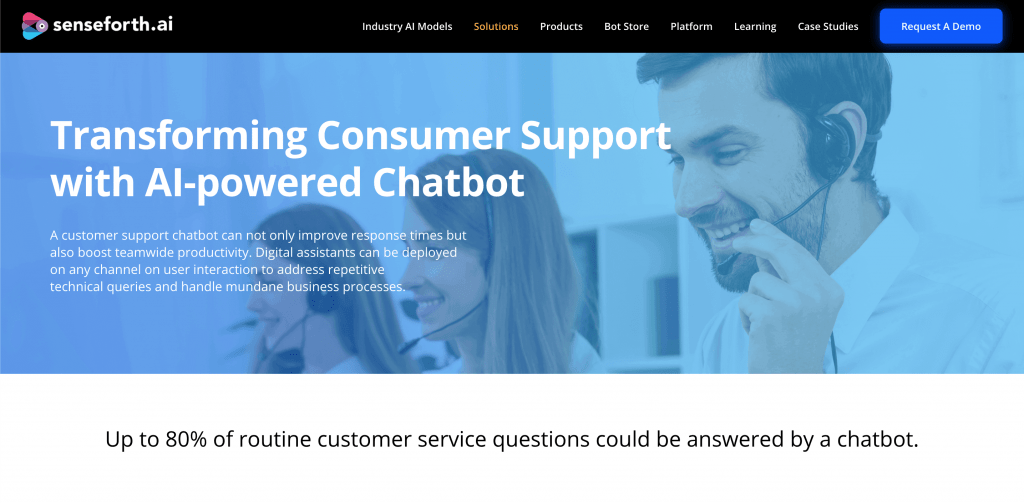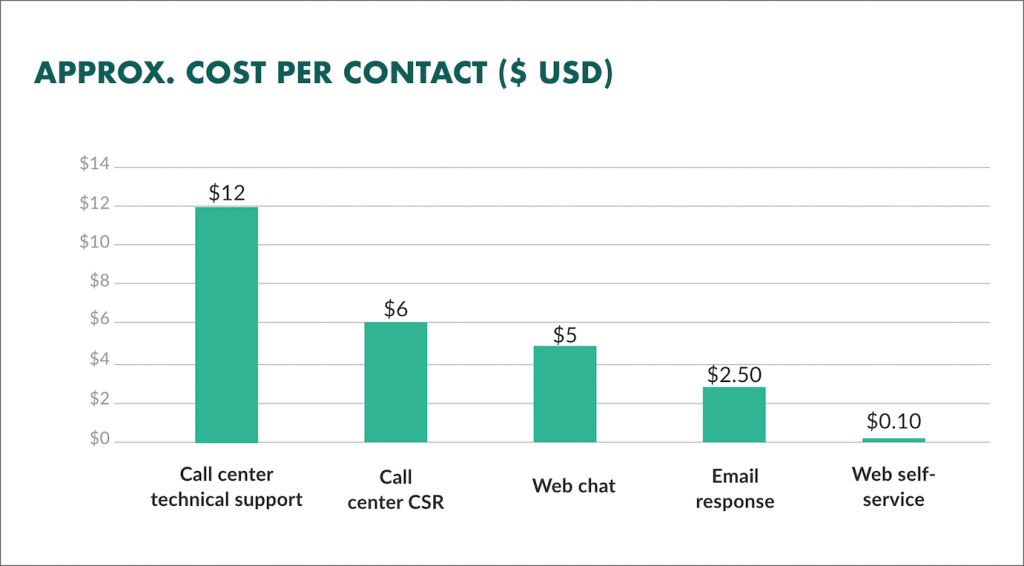It’s all very well investing in top-tier marketing campaigns to attract new customers; but what about the ones you’ve already got?
Aside from the fact that customer acquisition is getting increasingly expensive, your existing customers are more likely to make multiple purchases with you, spend more and recommend your services to others. In 2020, the Harvard Business Review reported that loyalty leaders grow revenue about 2.5 times as fast as their industry peers. In short: increased customer retention = increased revenue.
Indisputably, you cannot maintain a high customer retention rate without excellent customer support. In a recent blog, we explained why it’s necessary to consider customer experience (CX) throughout the whole customer journey – including after the point of purchase. And, for global businesses, it’s especially important to consider the multilingual aspect. Making your customers feel valued is vital, wherever in the world they may be!
#1. Cater to your audience
First thing’s first: consider which of your customers are likely to reach out and how you can anticipate their needs. You’ll need to consider which languages will be the most important before going about localizing your content and customer support channels. This is highly dependent on your existing customer base, but you can check out our top languages for localization for inspiration.
You should also consider the age groups within your customer base; Gen-Zers might prefer an online conversation, while Boomers may be more likely to want to speak to a human agent. Regularly evaluate the types of support your customers need and provide the solutions that best fit them.
#2. Offer real-time customer support
Live Chat and/or ChatBots are a fantastic, cost-effective way to quickly resolve minor issues and maximise the number of customers you can reach at any one time. They also mean that your agents aren’t wasting time on the relatively low-level stuff and are free to deal with more complex help requests. A 2019 Helpshift survey found that overall trust in ChatBots was increasing, compared to the previous year, and that more people were willing to engage in instant messaging in order to be guaranteed a speedy response. And by making your ChatBots multilingual, you can offer real-time support in your customer’s language, making it easier for them to reach out.
While using Live Chat and ChatBots eliminates the risk of missed emails and other human errors, customers still want an empathetic ear. The good news is that recent progress in Artificial Intelligence makes this entirely possible! ChatBots are getting better at providing accurate responses and are now able to provide support all the way throughout the customer journey, as well as showing off some of your brand’s personality.
Image credit: senseforth.ai
Alternatively, hybrid options are a great way to keep that human element, whilst utilising technology to speed up the process. AI platforms vendor, Senseforth, claim that implementing a human+machine strategy can improve agent productivity by up to 70% – a stat too good to ignore!
#3. Utilise Multilingual Sentiment Analysis (MSA)
In short, Sentiment Analysis is AI that can read between the lines to analyse the emotions in subjective text. As the name would suggest, MSA tools enable this to happen across multiple languages – and we’re not just talking multilingual ChatBots!
Providers like Kumul , MonkeyLearn and Meaningcloud are allowing brands to reap the variety of benefits that MSA has to offer. In particular, MonkeyLearn’s tool speeds up multilingual customer support by automating part of the process; tagging and routing your incoming tickets based on topic, issues, intent, sentiment or priority. For global brands, MSA really is a gamechanger.
#4. Empower your customers
In 2021, customers want to find the answers themselves. Various studies put the number of people that will look for answers before reaching out at around 75-80% – what’s more, according to Statista, 88% of customers expect brands to offer a self-service portal. Therefore, having an easy-to-use, accessible and informative FAQ section is an absolute must.
Any global business should be localizing their online help centre. Not only will this increase overall satisfaction and show that you value your international customers; it will also save your company time and money by deflecting tickets from your agents. Your content needs to be accurate and clear so that customers are able to resolve their own issues with minimal confusion. Be sure to get your website translation strategy down from the very beginning – we strongly suggest using a Style Guide as part of this!
The average costs associated with varying types of customer support intervention per contact
#5. Empower your customer support agents
It’s important to make sure that your team are fully equipped to deal with the types of questions they’ll be responding to. It’s down to you to provide the relevant training and resources that will enable them to offer the best possible support, quickly.
Creating an internal knowledge base is a great way to centralise information, establish standard practices for knowledge sharing and waste less of your agents’ time – don’t forget, customers are impatient when it comes to having their questions answered! Check out Zendesk’s software to start streamlining your communications ASAP.
#6. Consider a remote support team
If the pandemic has taught us anything, it’s that people can be just as productive, if not more so, when working from home. For many, it’s also made for a more positive wellbeing experience. McKinsey have produced an interesting article about the potential for ongoing remote work across different sectors and in different countries – well worth a read if you’re thinking about your post-pandemic business strategy!
For companies with a geographically widespread customer or client base, a virtual help centre has its own benefits. Firstly, it can be more cost-effective in that you won’t need to spend anything on office space. In addition, it means that you can hire support agents to reflect your customers’ multilingual needs, as well as choosing from a wider pool of high-quality candidates.
#7. Personalise the experience
We’ve discussed previously the importance of investing in Multilingual Customer Experience (MCX). Consumers want a personalised journey, and the support or after-care part of this should not be overlooked.
The tools and strategies we have discussed thus far will help you to come across as a brand that cares about the needs of its individual customers. You should also take care to hire agents that are empathetic and have the ability to diffuse situations when dealing with unhappy customers. Listening to feedback and implementing change based on VoC is another key element of personalising your customers’ experience.
Customer Support Agent at work
And finally… minimise the need for your customers to reach out.
Ok, it might seem counter-intuitive to suggest this when we’ve just spent the last 7 points advising you on your customer support strategy… but essentially, the best CX is when everything goes so smoothly that the customer doesn’t need to reach out at all. We’ve touched on this in terms of self-service and, in a multilingual context, this would start with localizing well. As soon as you start to offer your product or service internationally, focus on creating a sound localization strategy.
We understand, however, that life isn’t that simple. Your customers are going to need help from time to time and some issues are more complicated than others. Think of this as an opportunity to show off how much you care! Start focusing on multilingual customer support and we’re confident that you’ll see increased satisfaction and keep your customers coming back for more.




